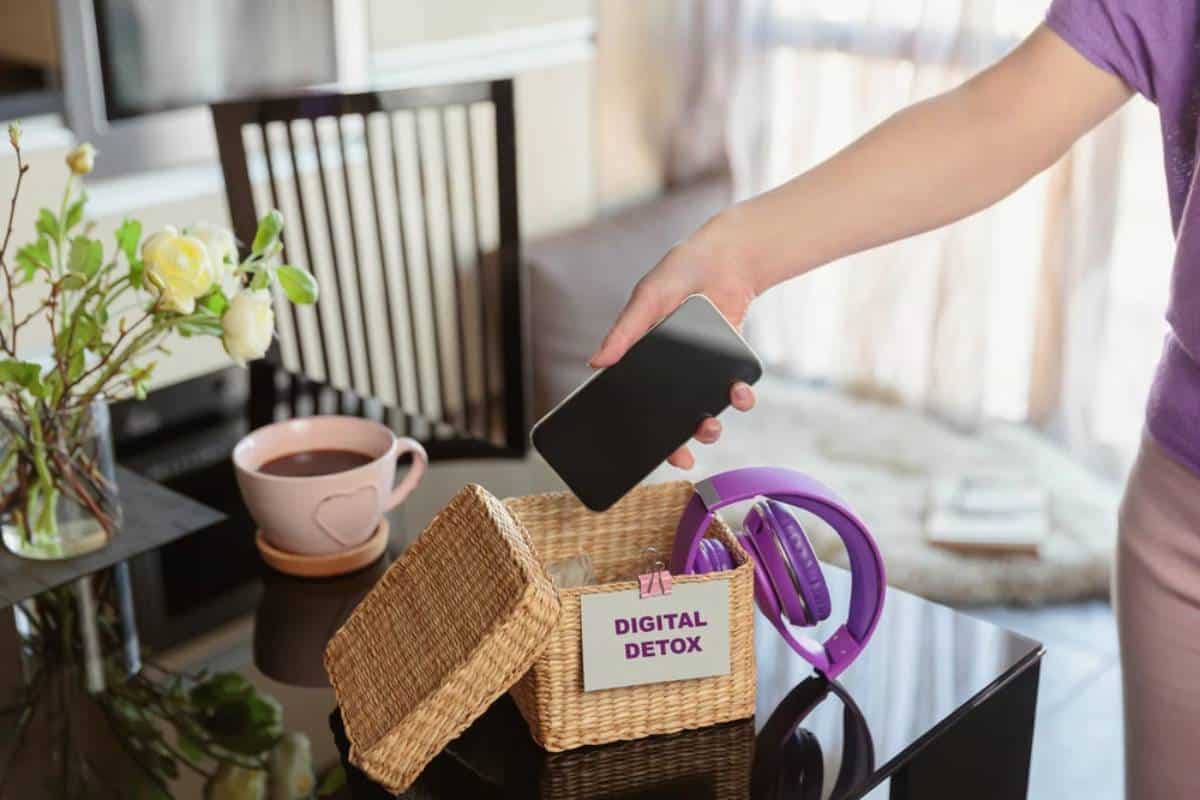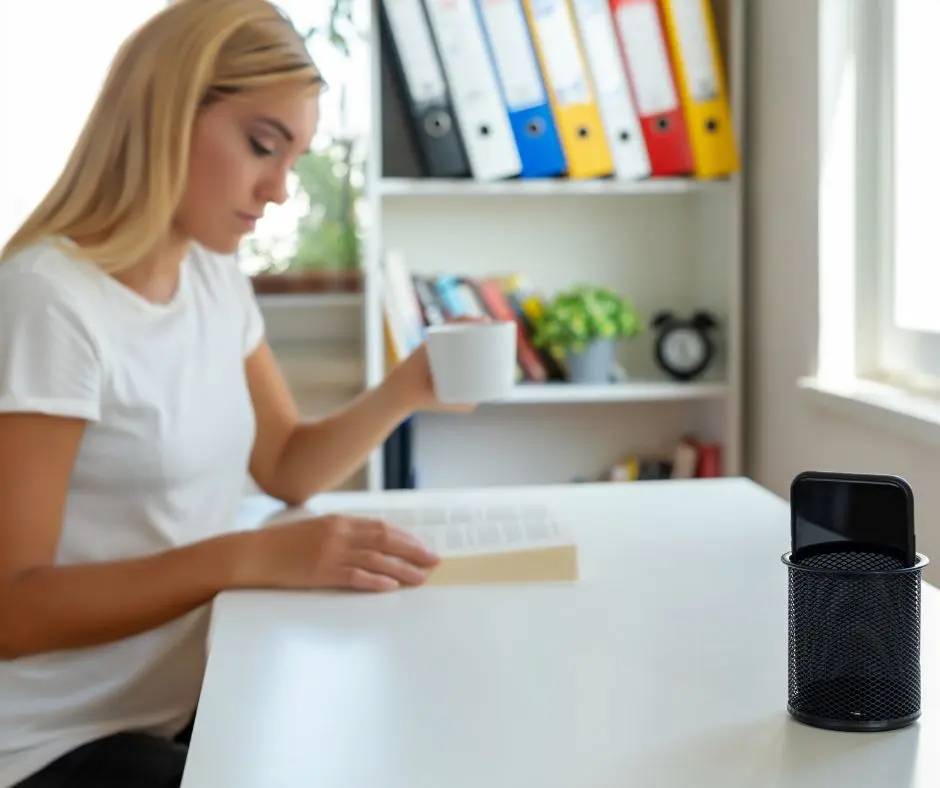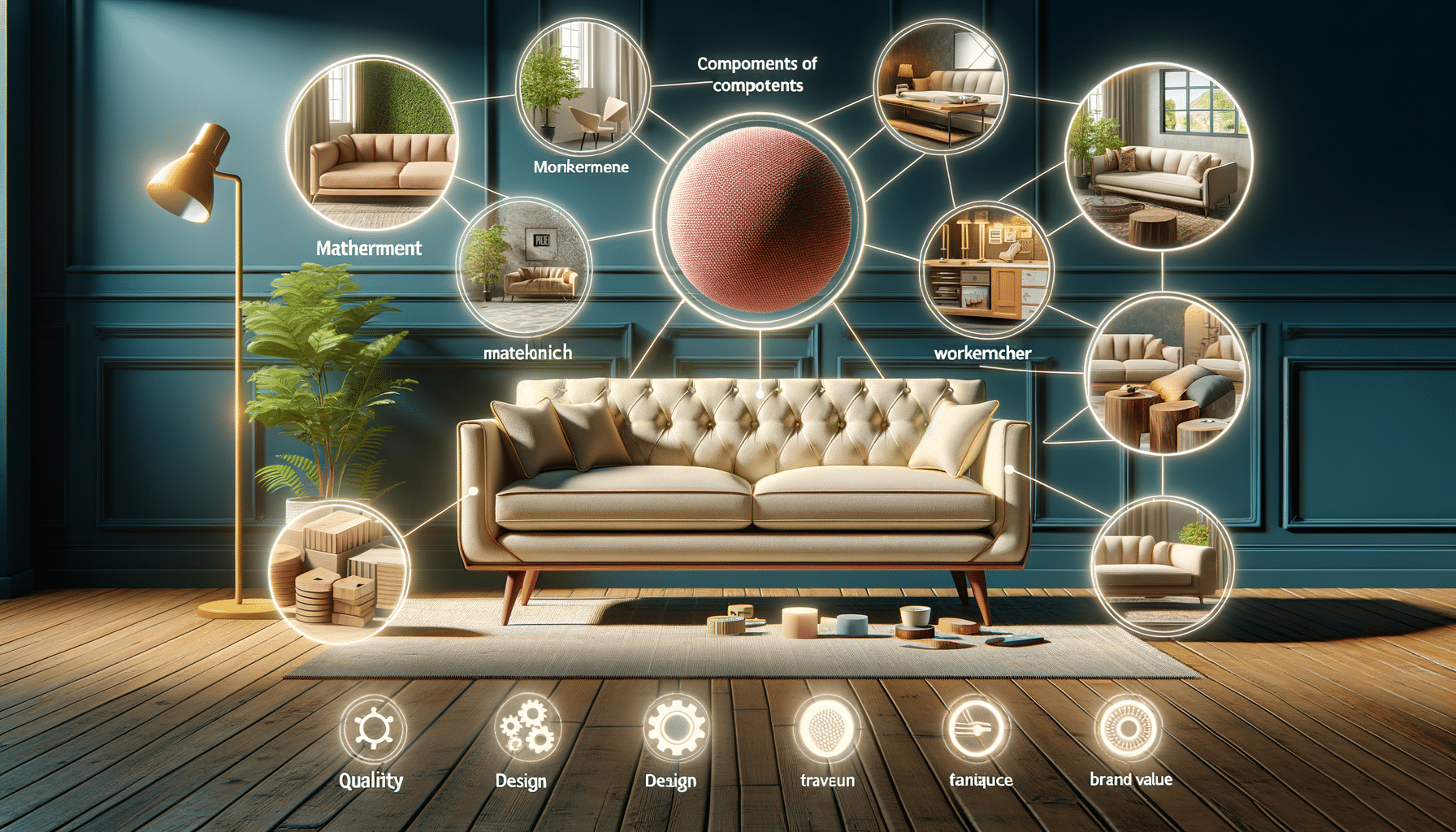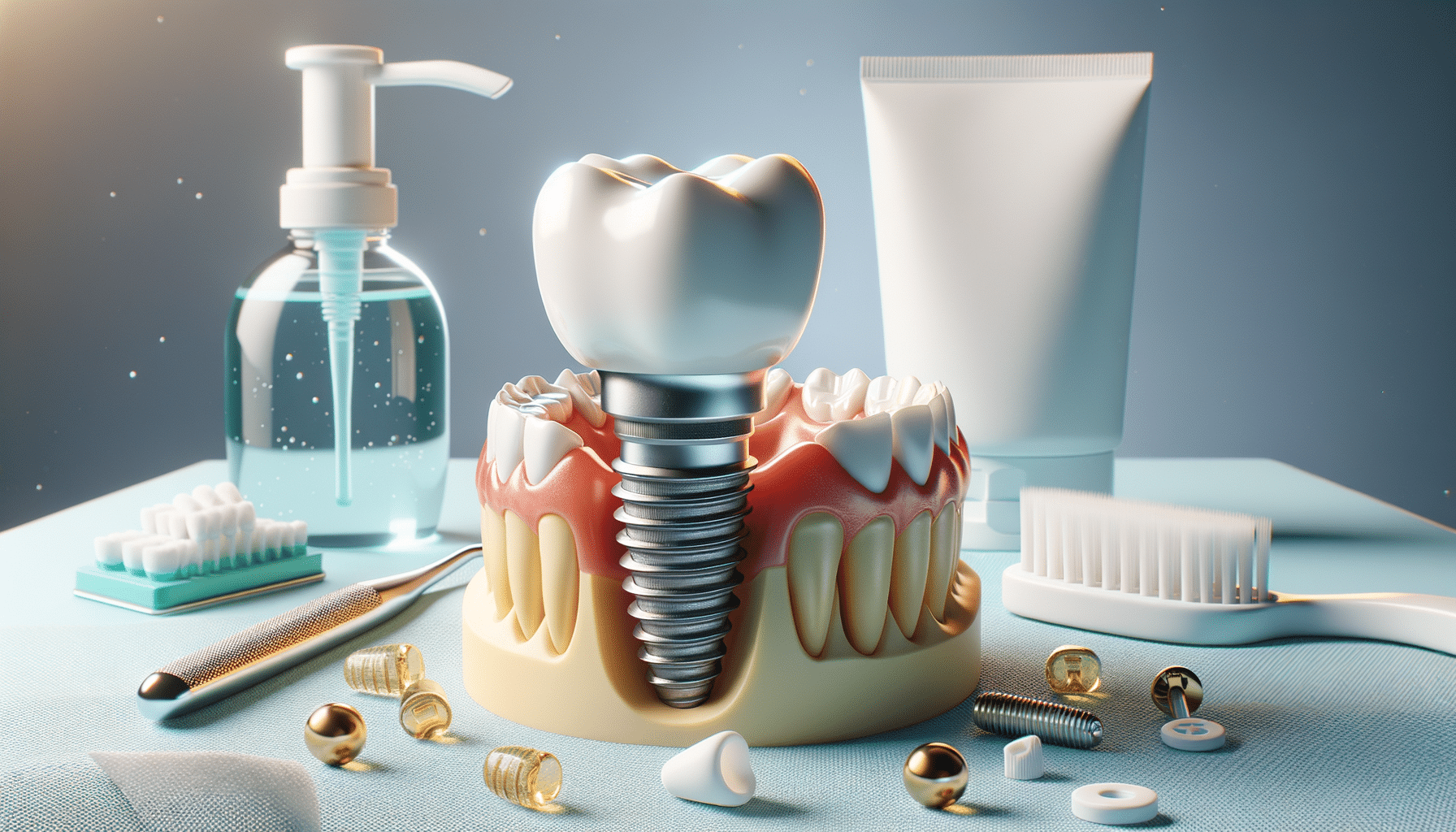
Digital Minimalism: How to Declutter Your Online Life
Today’s fast-paced digital world makes many feel swamped by endless information. Digital minimalism offers hope for those seeking balance. As we rely more on technology, it’s more important than ever to declutter our online presence. But what exactly is digital minimalism, and why should we care? This blog explores digital minimalism. It gives practical tips for a digital detox, managing social media clutter, and enjoying mindful screen time.
Digital minimalism doesn’t mean giving up technology. It’s about using it on purpose and with intention. By embracing this philosophy, individuals can reclaim their time, focus, and mental well-being. Digital minimalism is important. We will clear up common myths. Then, we’ll share simple steps to help you have a balanced digital life.
Key Benefits of Digital Minimalism
Why It Matters
The relevance of digital minimalism in today’s society cannot be overstated. With the average person spending over seven hours a day on screens, the impact on our mental and physical health is profound. A digital detox can lead to improved mental clarity, reduced stress levels, and enhanced productivity. Decluttering our digital lives makes room for better interactions and experiences.
Real-Life Applications
Sarah is a marketing pro. She always had her smartphone with her. Her work-life balance suffered, and she felt perpetually overwhelmed. After adopting digital minimalism, Sarah saw a big boost in her mental health and productivity. By limiting her screen time and focusing on essential tasks, she regained control over her life.
Data-Backed Insights
Research has shown that excessive screen time is linked to increased anxiety and depression. A study from the University of Pennsylvania found that using social media for just 30 minutes a day can greatly lower feelings of loneliness and depression. This shows why mindful screen time matters. It also shows how digital minimalism can boost mental well-being.
Step-by-Step Guide to Digital Minimalism

Embrace a Digital Detox
A digital detox is the first step towards digital minimalism. Begin by identifying the digital clutter in your life. This might be too many social media apps, constant notifications, or a packed email inbox. Dedicate a weekend to unplugging from all digital devices. Use this time to reflect on your digital habits and identify areas for improvement.
Set Clear Boundaries
Establishing boundaries is crucial for a successful digital detox. Create specific times for checking emails and social media, and stick to them. Consider using apps that limit screen time or block distracting websites during work hours. This will help you focus on essential tasks and reduce digital distractions.
Manage Social Media Clutter
Social media is one of the biggest culprits of digital clutter. Start by conducting a social media audit. Evaluate which platforms add value to your life and which ones contribute to stress and anxiety. Unfollow or mute accounts that do not align with your interests or values.
Curate Your Feed
Curating your social media feed is an essential aspect of digital minimalism. Follow accounts that inspire and motivate you. Engage with content that adds value to your life, and avoid mindless scrolling. Take charge of your social media. This helps cut down on clutter and creates a better online space.
Cultivate Mindful Screen Time
Mindful screen time involves being intentional about how you use digital devices. Start by identifying your digital priorities. Are you using technology to enhance your life, or is it merely a distraction? Set specific goals for your screen time and track your progress.
Practice Digital Mindfulness
Incorporate mindfulness techniques into your digital routine. Take regular breaks from screens to rest your eyes and clear your mind. Practice deep breathing exercises or meditation to reduce stress and enhance focus. By being mindful of your digital habits, you can achieve a healthier balance between online and offline life.
Additional Expert Tips & Common Mistakes to Avoid
Best Practices for Digital Minimalism
Beyond the basics, there are several best practices to enhance your digital minimalism journey. Regularly review and update your digital habits to ensure they align with your goals. Consider adopting a minimalist approach to app usage by only keeping essential apps on your devices.
Common Mistakes and Misconceptions
One common misconception about digital minimalism is that it requires a complete digital detox. However, digital minimalism is about intentional usage, not elimination. Avoid the mistake of setting unrealistic goals. Start small and gradually build up to more significant changes.
Impact of Common Mistakes
Neglecting to set boundaries or failing to curate your social media feed can hinder your progress. These mistakes can lead to digital overwhelm and negate the benefits of digital minimalism. By being aware of these pitfalls, you can make informed decisions and maintain a balanced digital lifestyle.
Advanced Insights & Expert Recommendations

Unique Industry Perspectives
Using digital minimalism at work can boost your productivity and job satisfaction. Employers now see how important digital well-being is. They offer things like screen-free days and digital detox workshops. By advocating for digital minimalism in the workplace, you can foster a healthier work environment.
Lesser-Known Insights
One lesser-known aspect of digital minimalism is its impact on creativity. By reducing digital distractions, individuals often experience a surge in creativity and innovation. A clutter-free digital space helps you focus better. This leads to deeper reflection and more original ideas.
Declutter Your Digital World, Reclaim Your Focus
In conclusion, digital minimalism offers a pathway to a more balanced and fulfilling digital life. Take a digital detox. Manage your social media clutter. Cultivate mindful screen time. This way, you can reclaim your time and improve your mental well-being. Remember, digital minimalism is a journey, not a destination. Start small, be patient, and celebrate your progress along the way.
As you embark on your digital minimalism journey, consider sharing your experiences with others. Encourage friends and family to join you in decluttering their digital lives. Together, we can create a more mindful and intentional digital world.
What steps will you take today to embrace digital minimalism? Share your thoughts and experiences in the comments below.


